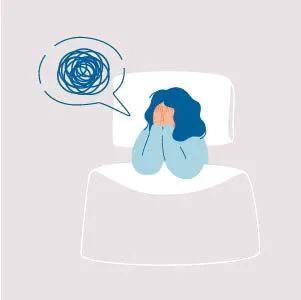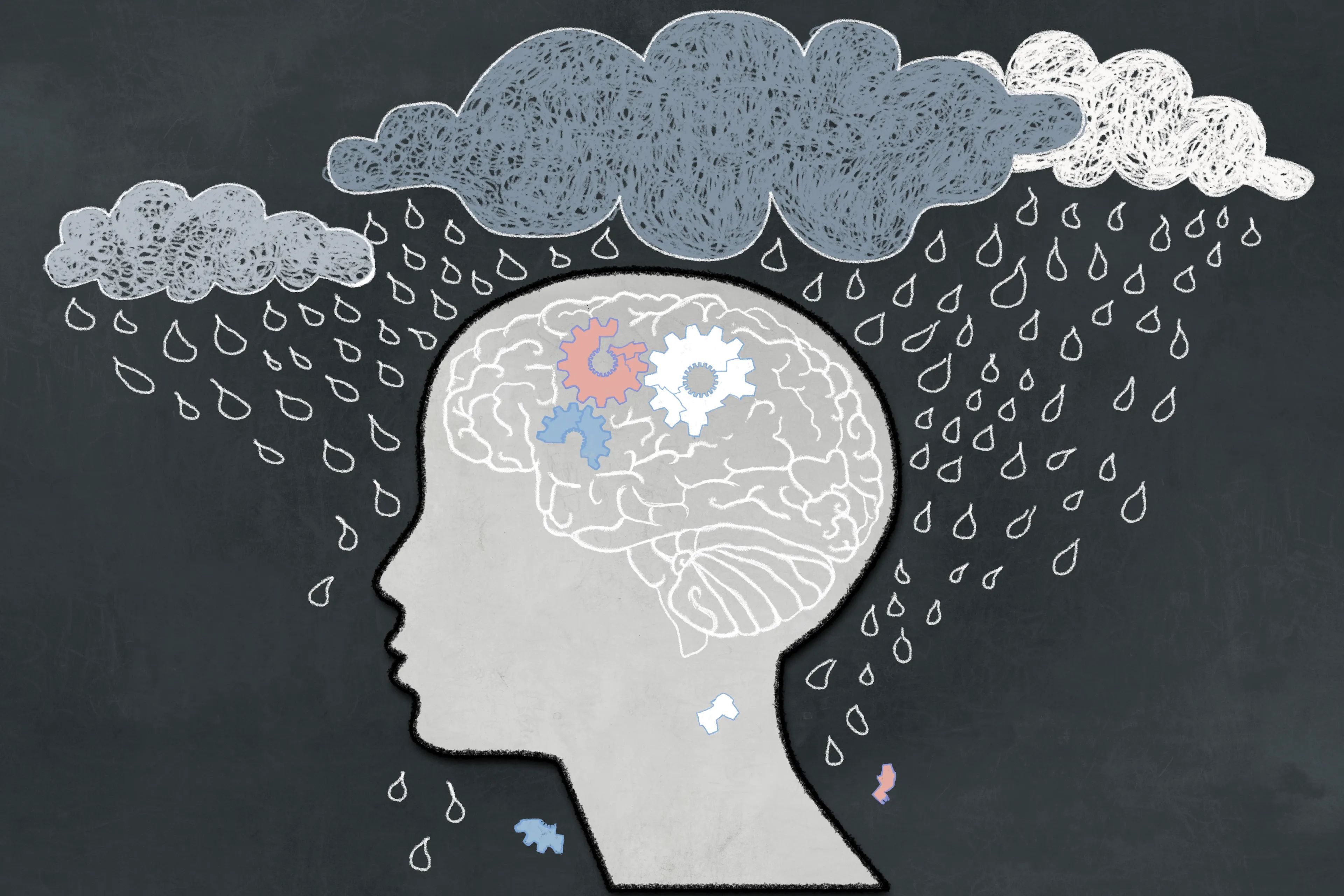News
Article
The Week in Review: September 4-8
Author(s):
From cannabis use disorder and schizophrenia to social media use and youth mental health, here are highlights from the week in Psychiatric Times.
ronstik_AdobeStock

This week, Psychiatric Times® discussed a wide variety of psychiatric issues and industry updates, from cannabis use disorder and schizophrenia to social media use and youth mental health. Here are some highlights from the week.
Study Explores Effects of Sleep Robot Intervention on Patients With ADHD and Insomnia
Mary Long_AdobeStock

A study explored the individual effects of a sleep robot intervention in adults with comorbid attention-deficit/hyperactivity disorder (ADHD) and insomnia. In the study, investigators combined quantitative and qualitative methods to observe how individuals with this comorbidity would respond to the Somnox sleep robot, a device designed to enhance sleep using sensory stimulation.
“The first randomized waitlist-controlled study on the effects of the sleep robot in adults with insomnia showed no statistically significant effects on a group level,” the investigators stated. “Considering the neurochemical and anatomical overlap in sleep, arousal, and attention, it is possible that the robot might have greater effects in adults with comorbid ADHD and insomnia. Continue Reading
Cannabis Use Disorder and Schizophrenia in Males Versus Females
shidlovski_AdobeStock

Cannabis is a frequently used psychoactive substance. The potency of cannabis, as measured by the percentage of the psychoactive component Δ-9-tetrahydrocannabinol (THC), is increasing in the United States and in Denmark, with a corresponding increase in the prevalence of cannabis use disorder (CUD). There is evidence that THC use may trigger or worsen the clinical course of schizophrenia.
In Denmark, parallel to the increased concentration of THC, the schizophrenia population attributable risk fraction (PARF)—or the reduction in disease that would occur if exposure to a risk factor were eliminated—for CUD has increased 3- to 4-fold over the past 20 years. Continue Reading
Social Media Use and Youth Mental Health: A Guide for Clinicians Based on Youth Voices
REDPIXEL/AdobeStock

Clinicians need guidance on how to better support youth in their social media use. Directed by the voices of youth from our nationwide study, we would like to relay some additional guidance for clinicians surrounding this large task based on youths’ own experiences and advice.
Social Media Use Contributes to Both Well-Being and Ill-Being Among Youth
The culmination of research about social media’s effect on youth mental health has taught us that social media can contribute to both well-being and ill-being. The degree of increase in well/ill-being depends on multiple variables including the baseline characteristics of the individual and the types and content of the social media consumed. Continue Reading
Next Steps for Zuranolone as a Treatment for MDD
TL-Furrer_AdobeStock

Information about the US Food & Drug Administration (FDA)’s Complete Response Letter (CRL) for Zurzuvae’s (zuranolone’s) New Drug Application (NDA) for treating major depressive disorder (MDD) may provide some clarity about next steps for the agent. The FDA announced in August that (zuranolone) was approved as a treatment for postpartum depression (PPD) in adults, but not approved for its other proposed indication of MDD.
Reports note that the FDA cited concerns about safety due to the drug’s adverse effects, a lack of evidence of the drug’s effectiveness, and the need for more studies in order to support approval for the MDD indication. Continue Reading
See more recent coverage from Psychiatric Times here. And be sure to stay up-to-date by subscribing to the Psychiatric Times E-newsletter.
Do you have a comment on any of these or other articles? Have a good idea for an article and want to write? Interested in sharing your perspectives? Write to us at PTeditor@mmhgroup.com.






